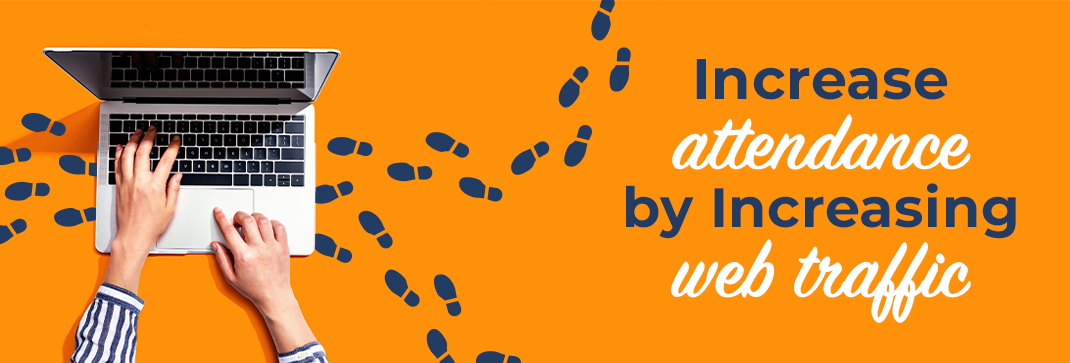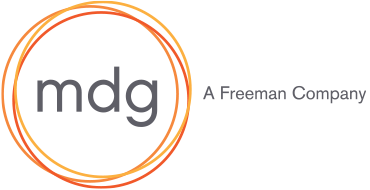
The last two decades have seen the rise of mobile devices, app stores and social media. Yet the web remains the backbone of the internet — and, likely, your attendee acquisition campaign. Here are a few of the most important qualities of a website that your event prospects will expect.
1. Your website looks good—everywhere.
There’s a lot of competition for users’ attention, and a digital experience that respects time and taste is likely to be rewarded. Your visitors will judge your event’s credibility and value based on website design, speed, readability, simplicity, aesthetics and consistency in experience from screen to screen. With so much website traffic coming from mobile devices (which come in a diverse range of sizes and shapes), developing smart, organic design patterns that adapt to fit any screen is key.
But your event site’s beautiful, well-conceived design will only matter if your prospects get a chance to see it. Visitors now expect a website to be loaded and ready to use within two seconds, or they will be tempted to give up and move on. Users also expect a rich multimedia experience on the web — video, interactive animations and high-resolution images have become baseline requirements for a website to meet professional standards. It’s more important than ever to optimize large media files to minimize download time and to use tools like content-delivery nodes (CDNs) and “lazy loading,” which allow your website to load in stages and reach the critical threshold of usability while your large media assets are still on the way.
2. Your website is more than a pile of documents. It’s a source of truth.
When you think of using a website, you probably imagine clicking on a hyperlink, opening your web browser of choice, and navigating from one page to another. But underneath this surface-level experience is a larger world of services and capabilities that are just as important as what you see on the screen.
That includes the hidden metadata that teach platforms like Facebook and Google how to read, segment and promote your site’s pages. But it also means leveraging the power of your website’s content management system (CMS) to create semantic content: structured collections of meaningful data points that can be put together in different ways for different contexts.
For adherents of the “create once, publish everywhere” school of thought, this strategy is indispensable. Write up a bio for your event’s keynote speaker, for example, and then sit back as your site funnels that text directly into a feature slot on your homepage, a callout box on your event calendar and a story item in your next email newsletter.
If your site runs on WordPress or another comparable platform, then it comes with a built-in REST API: a service that allows other web platforms to request and receive the contents of your CMS using software automation. The website — once a single, self-contained publication — now participates in a wider digital ecosystem. A well-designed content system is a force multiplier for your entire institutional toolkit — your mobile apps, social media accounts, membership database, marketing automation, e-commerce platform and data analytics suite — giving all of them a central source of canonical information about your organization and events.
3. Your website is for everyone.
Proponents of accessible design have long known that accessibility benefits people who don’t have disabilities as well as people who do. Building ramps for wheelchair users, for instance, also makes life easier for people with bicycles and baby strollers.
This principle holds true for the web, as well. The qualities that make a website accessible to those with visual, cognitive or motor disabilities — things like strong color contrast, consistent design language, meaningful text descriptions of links and images, transcriptions of audio and video content, and a logical document hierarchy — are also qualities that improve your website experience for every visitor.
These practices even work in favor of your SEO goals. The data attributes that support tools like screen readers, for example, are also valuable indicators for search engines and voice assistants like Siri or Alexa, used by a growing number of people to discover and curate information. By helping these services understand the meaning and context of your web content, the better they are at delivering it to the most relevant and interested audiences.
If you’re not sure how your site ranks in terms of accessibility or what to even to look for, there is no shortage of tools to help you quickly scan your site and identify opportunities for improvement. WAVE, a free service maintained by a nonprofit group based at Utah State University, offers a quick and user-friendly way to check any web address against the prevailing WCAG 2.2 standards for web accessibility.
A version of this article originally appeared in PCMA Convene.


